Seosan Ganworam Hermitage (간월암(서산))
17.2 Km 55318 2023-01-02
119-29, Ganwoldo 1-gil, Seosan-si, Chungcheongnam-do
+82-41-668-6624
Ganworam is a small hermitage located in Ganwoldo-ri in Seosan-si, Chungcheongnam-do. Ganworam Hermitage was created by the Great Monk Muhak, the monk to King Taejo of the Joseon dynasty. The name of the hermitage is directly tied with Muhak himself as it is said Muhak became enlightened while meditating under the moon (wol means moon in Korean) at this hermitage. At low tide, Ganworam Hermitage is connected to shore via a natural walkway, but at high tide, the walkway is submerged and the hermitage becomes an island. At night time, in particular, the hermitage and its surrounding islets create a breathtaking view as the moonlight reflects off the sea.
Hongseong Gujeoram Hermitage (구절암(홍성))
17.3 Km 20050 2024-01-18
163 Geobuk-ro 218beon-gil, Guhang-myeon, Hongseong-gun, Chungcheongnam-do
Gujeoram Hermitage is located within a bamboo forest on a small mountain. The pathway is winding, without any signs marking the way, but this adds to the charm.
Hanil Sikdang [Sapgyo, Yesan] (한일식당[예산 삽교])
17.4 Km 1881 2024-02-21
58, Sapgyoyeok-ro, Sapgyo-eup, Yesan-gun, Chungcheongnam-do
Hanil Sikdang has served someori gukbap (beef head meat and rice soup) in front of Sapgyo Station for nearly 70 years. Someori gukbap (beef head meat and rice soup) is a soup boiled with beef head meat, beef offal, radish, and dried radish leaves, using a broth simmered with beef head and bones. The soup is kept boiling in a massive cast iron pot all day long. When a bowl is ordered, the soup is ladled into a hot pot and garnished with meat and green onions. The someori gukbap (beef head meat and rice soup) here is slightly spicy.
Yanggoksa Shrine (양곡사)
17.8 Km 0 2024-01-16
131-31 Hongnamseo-ro, Seobu-myeon, Hongseong-gun, Chungcheongnam-do
Yanggoksa Shrine is located in Yanggok-ri, Hongseong, and enshrines the memorial tablets of Han Won-jin, and his disciples Song Neung-sang, and Kim Han-rok. The shrine was built in 1772 to commemorate Han Won-jin, and then was later rebuilt in 1987 with the addition of Song Neung-sang and Kim Han-rok's memorial tablets.
Historic Site Related to Seong Sam-mun (성삼문선생유허지)
17.8 Km 0 2024-01-18
403-12 Maejukheon-gil, Hongbuk-eup, Hongseong-gun, Chungcheongnam-do
This historic site related to Seong Sam-mun is believed to be the birthplace of Seong Sam-mun, and was founded by his maternal ancester, Park Dam. A shrine was built here in 1685 to honor Seong Sam-mun and the five others ministers who were executed with him for their plot to restore King Danjong to the throne after he was exhiled by his uncle. The site was destroyed in 1864 when Confucian facilities were removed by the government, but was later rebuilt in 1945.
Hongseong Jeongchungsa Shrine (정충사 (홍성))
18.0 Km 0 2024-01-15
40-1 Pangyo 1-gil, Seobu-myeon, Hongseong-gun, Chungcheongnam-do
Jeongchungsa Shrine is located in Hongseong-gun, Chungcheongnam-do. It was first built in 1632, and was then rebuilt after a time of disrepair in 1872. The shrine was designated as a cultural heritage of Chungcheongnam-do on October 20, 2009.
Cheonsuman Bay - Migratory Bird Sanctuary (천수만(철새도래지))
18.0 Km 28862 2021-05-21
Buseok-myeon & Gobuk-myeon, Seosan-si, Chungcheongnam-do
+82-41-661-8054
Cheonsuman Bay emerged as a habitat for migratory birds as a result of a reclamation project that was undertaken in 1984. A breakwater was built around this area, which created Ganwolho Lake and Bunamho Lake. Moreover, a vast agricultural land spanning 6,400 hectares was formed on what used to be a mud flat. The monthly average temperature of Cheonsuman Bay area between October and March is about 1.2 degree Celsius higher than inland areas at the same latitude because of its oceanic climate. Such geographical conditions have made Cheonsuman Bay an ideal wintering site for migratory birds.
Cheonsuman Bay is located midway along the migration route of birds migrating from northern Siberia or Manchuria to Southeast Asia. As a result, Cheonsuman Bay has become home to nearly 200 different species of migratory birds that can be watched all year round. In winter, the area becomes a wintering site for over 300 thousand ducks and wild geese, as well as a wide variety of endangered species like storks, spoonbills, mute swans, and white-naped cranes. Lucky birdwatchers might be able to witness the great spectacle created by tens of thousands of migratory birds flying in a flock over the Cheonsuman Bay area.
Seosan Palbongsan Mountain (팔봉산(서산))
18.5 Km 48764 2021-04-30
Yanggil-ri, Seosan-si, Chungcheongnam-do
+82-41-662-2004
Palbongsan Mountain stretches out like a folding screen and stands high with great spirit. It is known that the mountain was named Palbong (“eight peaks” in Korean) because of its eight peaks standing in a row. There are actually nine peaks, but the smallest was not included. Legend says the smallest weeps over its exclusion at the end of every December. The third peak is the highest, standing at 362 meters with a beautiful view and crisp air, making it ideal for hiking (3-hour course) and resting at the top. There is another mountain of the same name in Hongcheon, so this mountain is usually referred to as “Seosan Palbongsan.”

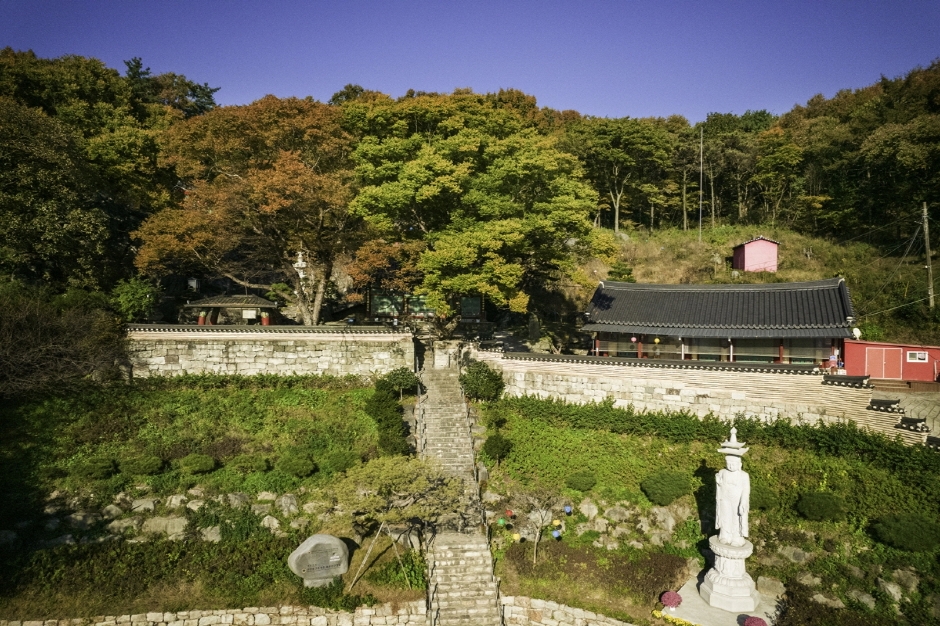
![Hanil Sikdang [Sapgyo, Yesan] (한일식당[예산 삽교])](http://tong.visitkorea.or.kr/cms/resource/18/3056018_image2_1.jpg)
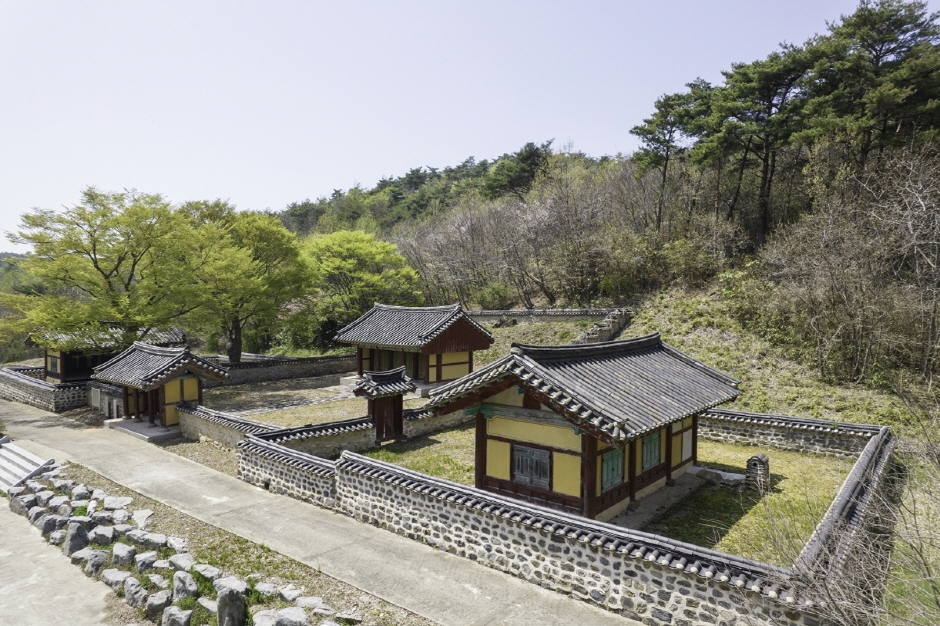
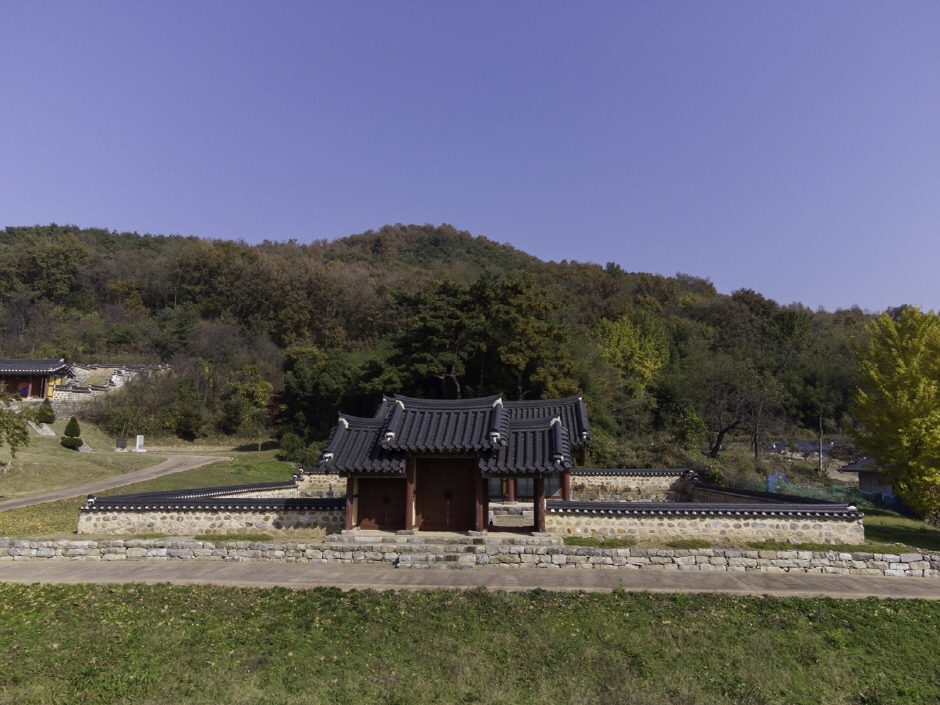
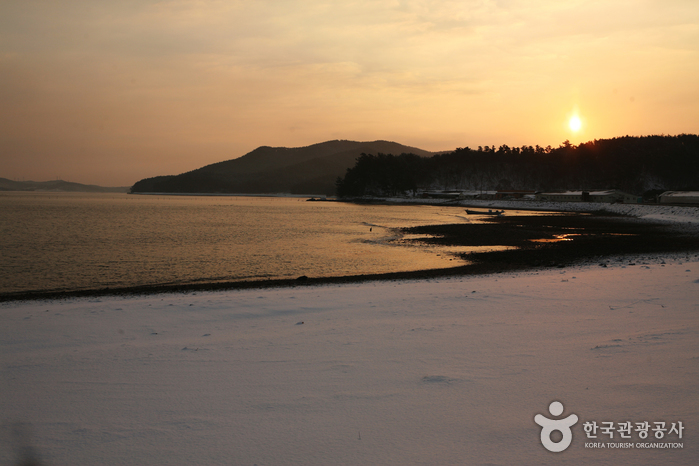
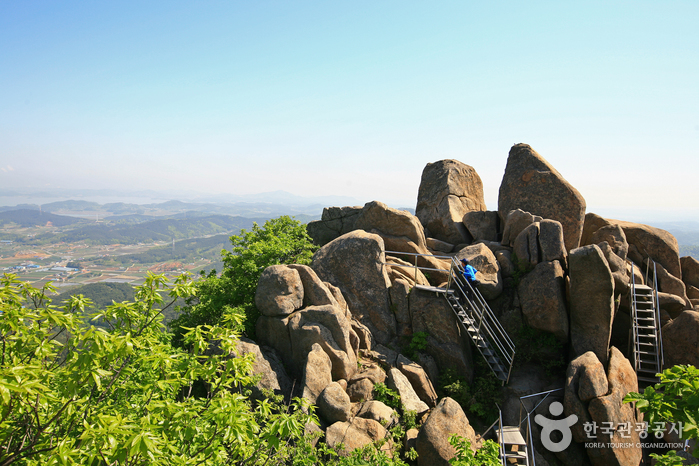
 English
English
 한국어
한국어 日本語
日本語 中文(简体)
中文(简体) Deutsch
Deutsch Français
Français Español
Español Русский
Русский